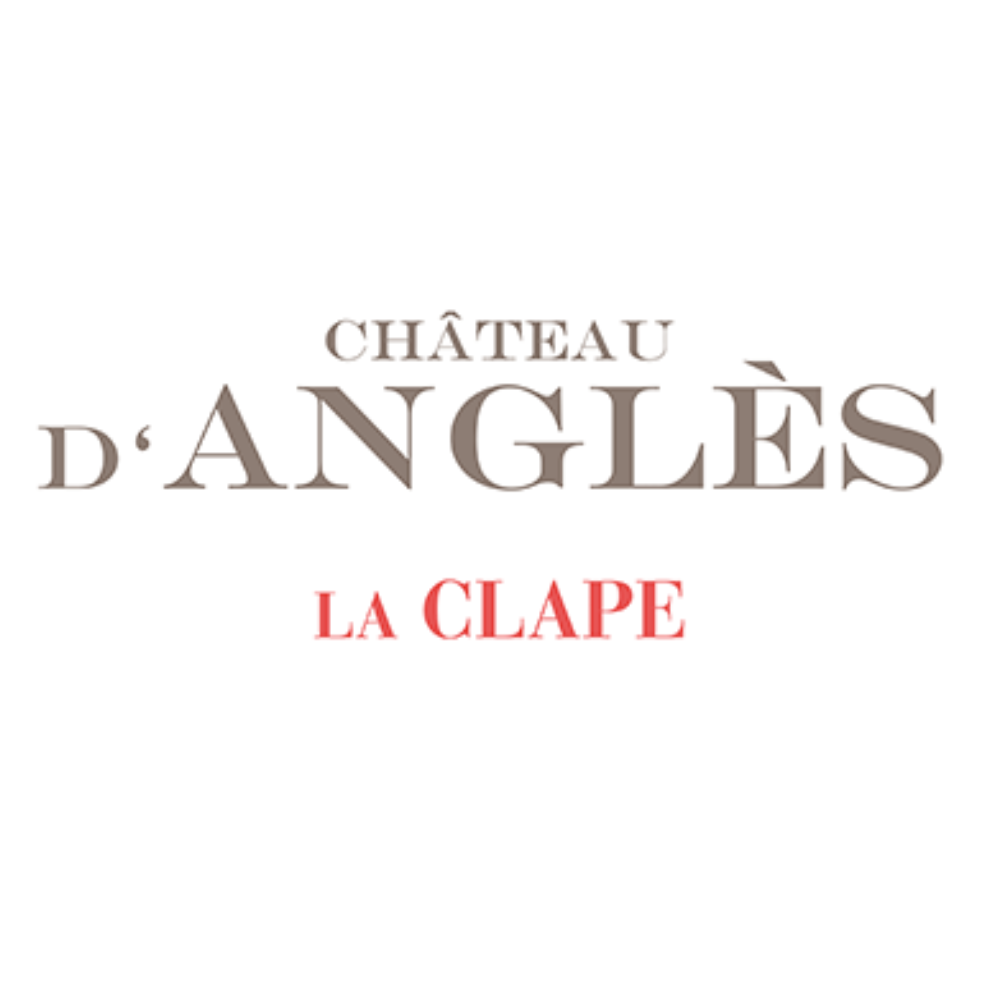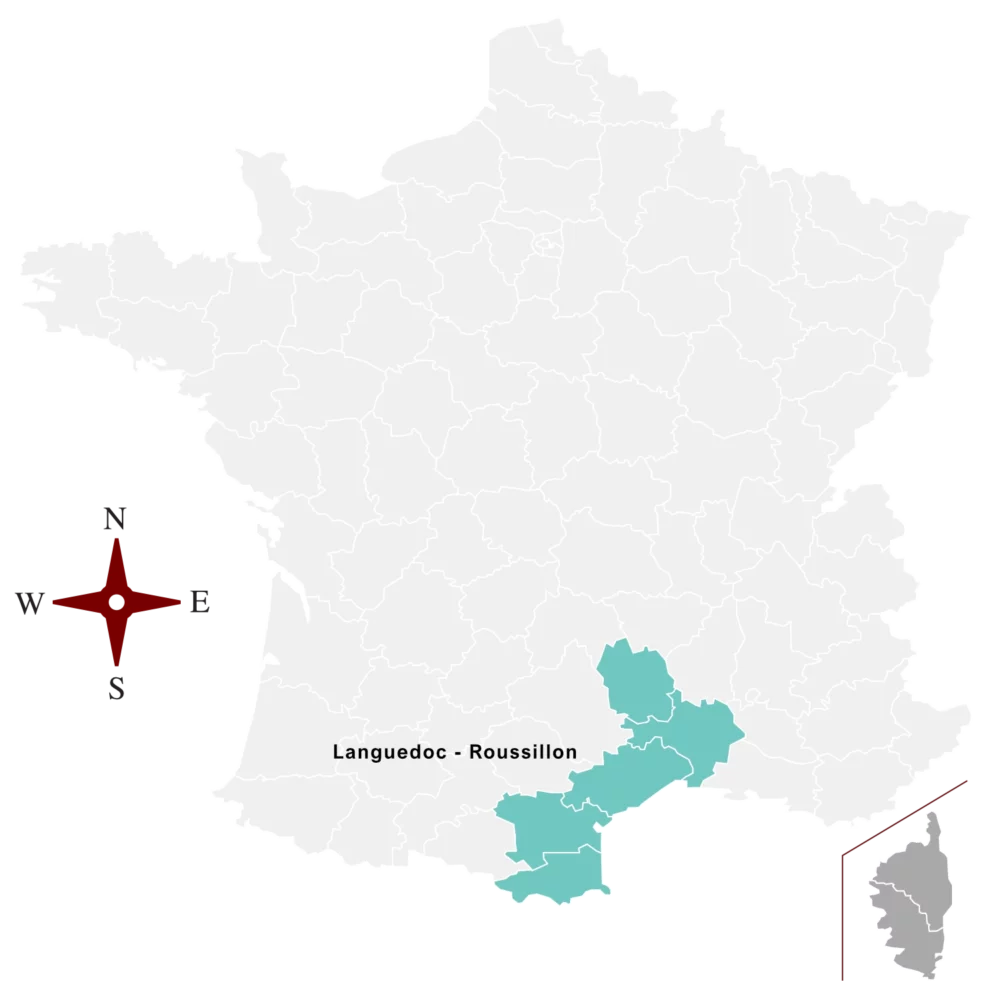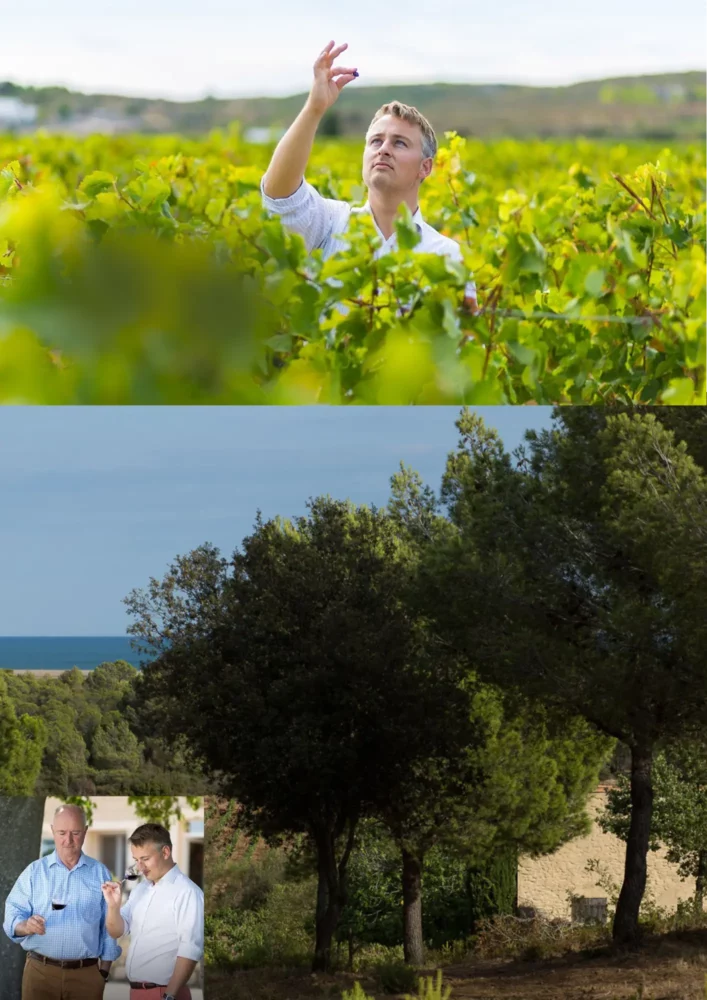

In June 2015, La Clape became the first “Appellation Communale” of the Languedoc, marking a significant milestone in a winemaking tradition that spans over 2,000 years.
The history of viticulture in La Clape dates back to Roman times when Julius Caesar rewarded his most favoured legionnaires with land on this rocky Mediterranean outcrop. The 10th Legion—among the most elite Roman soldiers—became the first to plant vines on the La Clape headland.
Their selection of the Bourboulenc grape was no coincidence; according to Greek mythology, this variety was believed to bestow wisdom upon those who drank it. As accomplished traders, the Romans exported La Clape wines far and wide, establishing the region’s reputation early on.
Winemaking flourished for centuries, and in the 13th century, the Languedoc was brought under the rule of French King Louis VIII. From 1226 until the French Revolution, the region was governed by the Baillys d’Anglès, acting on behalf of the monarchy.
During this period, La Clape housed a royal garrison for 500 years, strategically positioned to guard the entrance to the Aude River, a vital maritime trade route.
Following the French Revolution, local mayor Barthélémy Etienne d’Anglès reclaimed the estate, which remained in the Anglès family for over 100 years.
The estate was divided in the late 19th century, but in the early 2000s, the Fabre family successfully reunified it, bringing Château d’Anglès back to prominence. Today, the estate continues to honour its rich history while producing exceptional wines that reflect the unique terroir of La Clape.
